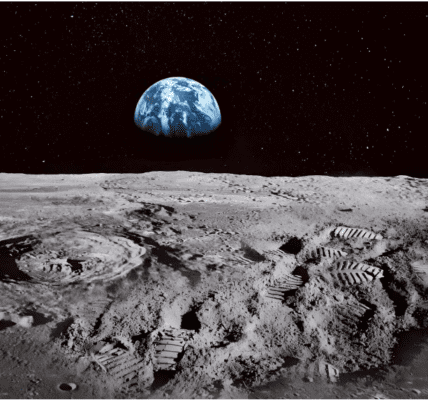- Homepage
- Science and Technology
- Geminids Meteor Shower 2023: Unveiling the Celestial Spectacle – When and How to Catch the Mesmerizing Show! All the Intriguing Details You Can’t Miss!
Geminids Meteor Shower 2023: Unveiling the Celestial Spectacle – When and How to Catch the Mesmerizing Show! All the Intriguing Details You Can’t Miss!
 Geminids Meteor Shower 2023
Geminids Meteor Shower 2023
Stargazers, rejoice, as the Geminids meteor shower is set to reach its peak this week. If you haven’t had the chance to witness a shooting star, mark your calendars for tomorrow (14 December) when a dazzling meteor shower will light up the sky. The Geminids meteor shower is scheduled for the evening of 14 December, extending into the morning of 15 December.
These meteor showers are named after the constellation Gemini, from which their radiant point emanates. While the Geminids are a consistent annual spectacle, this year presents an ideal opportunity to venture out and observe them. The peak of the shower coincides with the Geminids being at their highest point in the sky from Earth’s eastern longitudes, providing viewers with a perfect vantage point for the most impressive natural fireworks display of the year.
For those wondering when and where to watch the Geminids meteor shower, it’s worth noting that meteors can be visible in any part of the night sky. However, their apparent motion always leads back to a single point known as the meteor shower’s ‘radiant.’ The farther north you are, the higher the Geminid radiant will be in the sky, offering a better viewing experience.
In Delhi, the optimal time to witness the meteor shower will be in the early morning hours of Friday, 15 December, with the Geminids appearing to radiate from a point directly above.
What sets the Geminid meteor shower apart is its status as the most active among all the meteor showers Earth encounters throughout the year. Every December, our planet traverses the debris left behind by an asteroid named 3200 Phaethon, described as a ‘rock comet’ due to its characteristics.
Phaethon’s extreme temperature variations, ranging from well below -100 degrees Celsius to over 700 degrees Celsius, cause its surface rocks to crack and shatter, continuously shedding dust. Over time, this dust accumulates to form a vast, dusty tube in space.
As Earth passes through this tube in December, the Geminid meteor shower occurs. The grains of dust from Phaethon enter Earth’s atmosphere at incredible speeds, generating a spectacular flash of light or shooting star. The process of ‘ablation’ vaporizes the dust grain, creating a bright meteor.
While Earth enters Phaethon’s debris zone from 19 November to 24 December, the densest concentration of Geminid meteors is observed when Earth reaches the center of the debris stream on 14 and 15 December. Therefore, the optimal time to witness this celestial display is the evening of 14 December into the morning of 15 December, with the nights before and after also promising a captivating show of celestial fireworks.




